Gilboa Estates, named after mount Gilboa is a beautiful place.
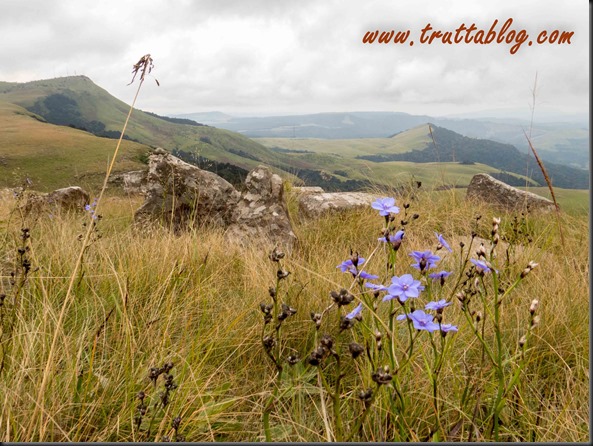
The mountain itself is the highest point on the Karkloof range of hills. Although less striking than Inhlosane mountain, the Karkloof is an iconic skyline, and is visible from far across the midlands of KZN.
What makes this range unusual is that it protrudes out from the main Mount West/Greytown ridge as a high narrow spur, in an easterly direction. This gives it some unique characteristics. Firstly, it gives it a cool southern side, that is ideal for natural forest to form. So unlike the main ridge to the North (which runs out from Mooi River/Mount West to Greytown in a more North easterly direction), it boasts significant natural forests on its slopes. For those not familiar with this bioclimatic region: that is an anomoly in a landscape which would otherwise be covered in an endless sea of natural grasslands. In its verdant state, as described in the book “Stories from the Karkloof hills” , it must have been on a par with the steppes of Mongolia.
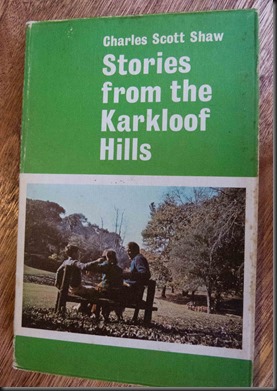
This anomoly is not immediately apparent, because much of our landscape is now dotted with commercial timber plantations, and the Karkloof area in particular is considered timber farming land.
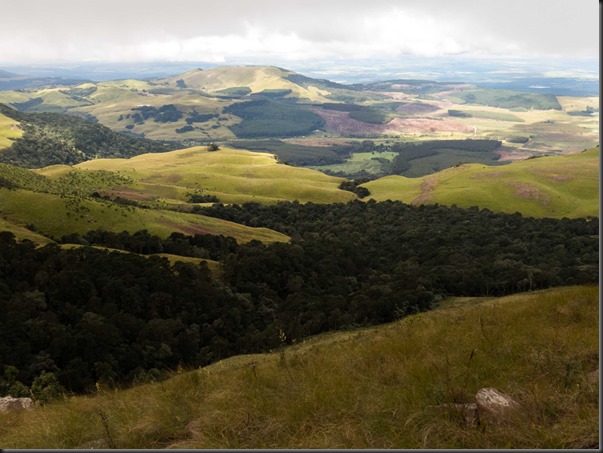
In fact much of that timber is planted right up to the margins of the bush, and to the uninitiated it may all appear a homogenous dark green mass.
I often find myself correcting people when they speak of the commercial timber and refer to it as a forest. It is not a forest. It is a plantation. A dead thing in which nothing else lives. The forest on the other hand is a delight. A mass of species: ferns, Cape Chestnuts, Lemonwoods, Yellowwoods, stinkwoods,……… you name it. It is home to leopard and Duiker and monkeys, and a vast number of bird species.
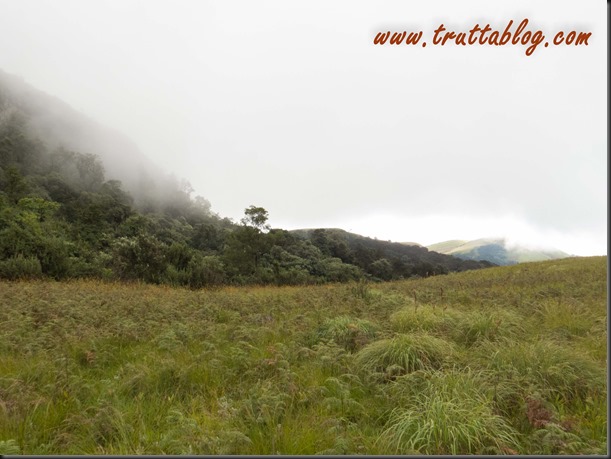
From the ridge that runs west of the summit of Mt Gilboa, you can stroll along the top edge of the forest, and listen to the sounds of birdsong drifting up to you, in a manner not dissimilar to the mist that tends to drift up over that escarpment.
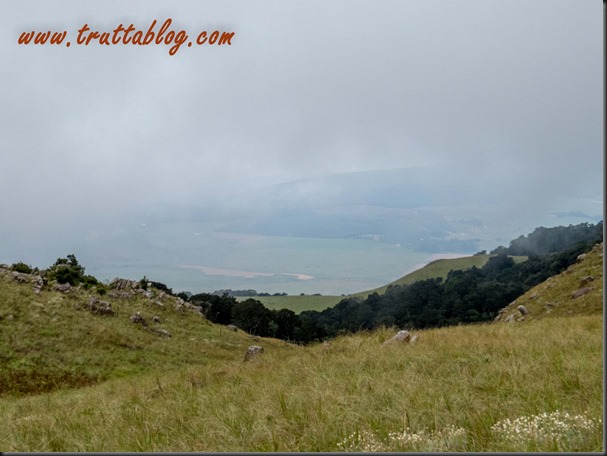
The cool mist can catch you by surprise, even on a warm day. At around 1700m altitude the ridge is fairly high, but more importantly it is a good 400m higher than the road, visible about 2 km away to the South.
So this ridge catches the wind, which often rises and condenses, and thus it receives a rainfall as high as 1400mm per annum, further supporting the cool lush forests. It snows on top too. Not often, but it does snow. After a winter front the locals will speak of the severity of a snowstorm in progressive terms, from “High berg only”, to “Little berg as well” and on to “It snowed on Inhlosane”, followed by “It Snowed on the Karkloof!”, indicating a real “hum- dinger”.
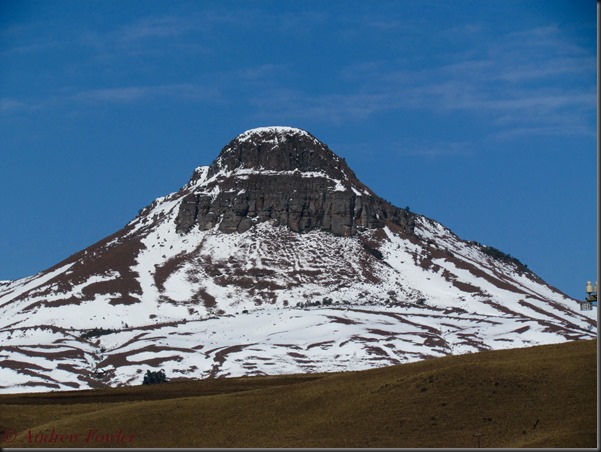
All that water and cool air augers well for Trout! Trout are to be found, but the ridge is a narrow one, and so they hang precariously to these slopes.
On the Northern side, where the slope is more gentle, the landscape is an open grassland like that I described earlier. Most of it is in prime condition.
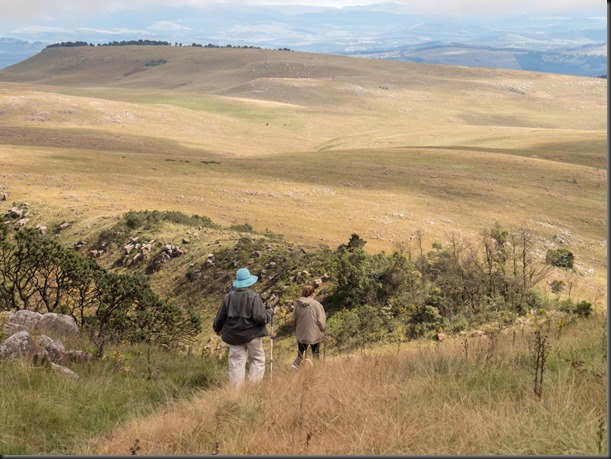
It also sports some of the most pretty wild flowers imaginable.
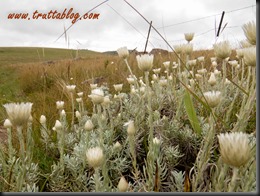

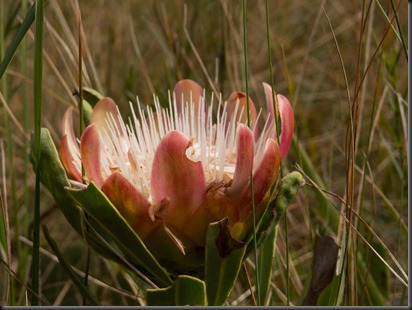
There are one or two lakes in that zone. The recently repaired “Marks dam” is one of them. It is a superb water, and is about to be re-stocked by the NFFC.
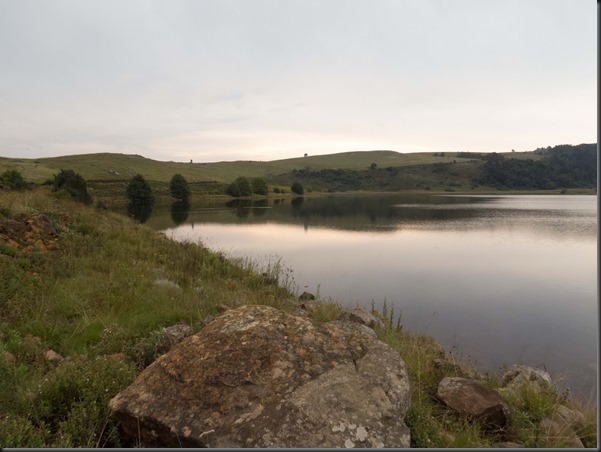
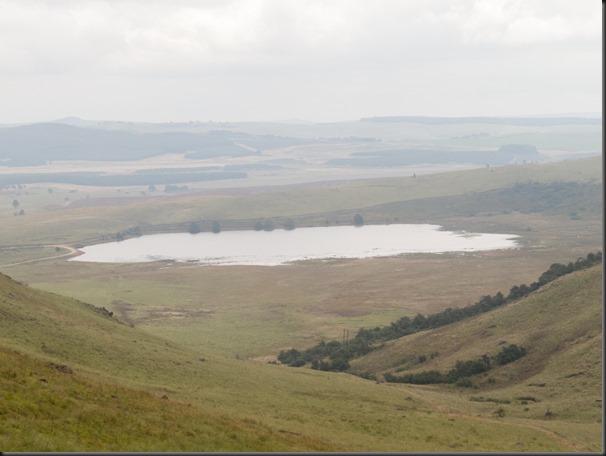
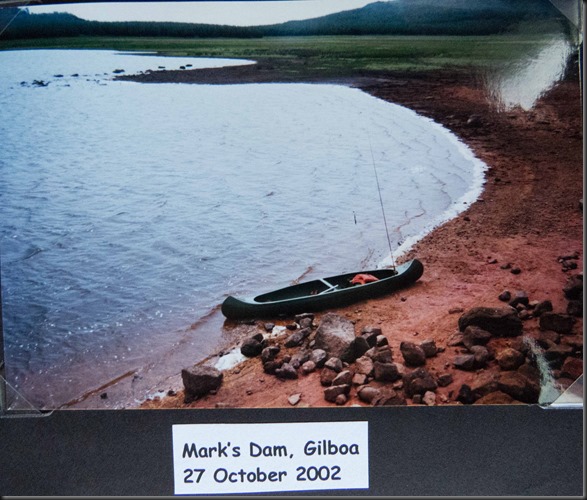
Then there are a few more, out on the Eastern end of the ridge, where they are surrounded by Pine plantations.
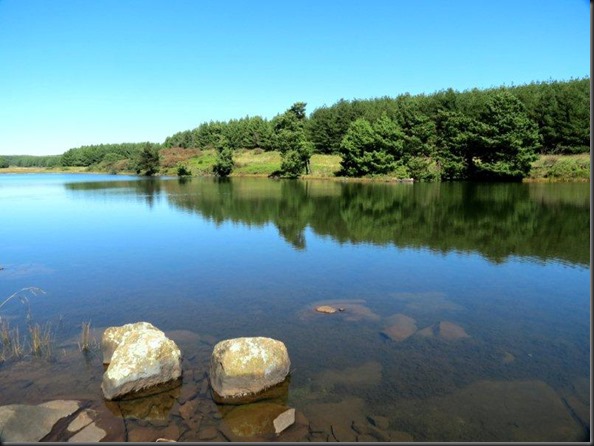
Below the Eastern crest is Mbona estate and one or two other stillwaters that boast a trout population.
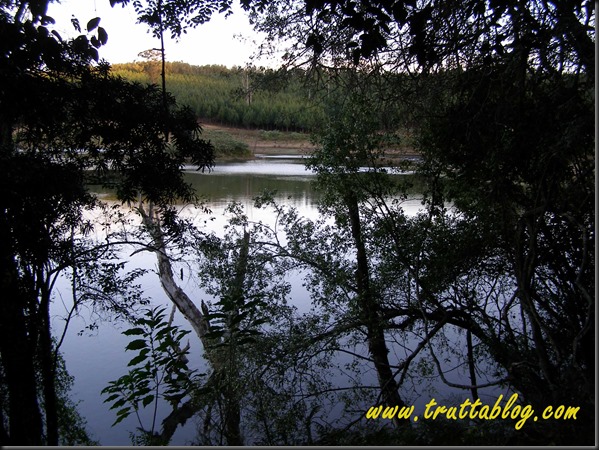
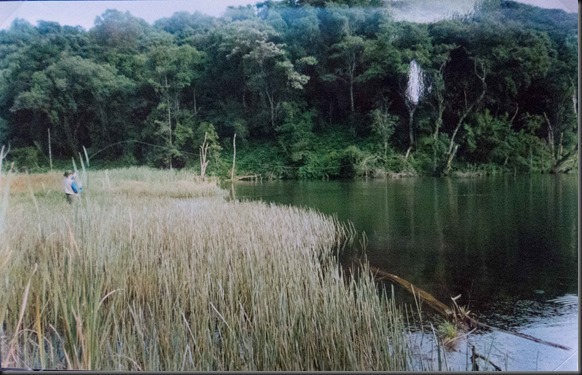
In terms of streams, they are all delicate and precarious threads, and the status of their trout populations is largely unknown nowadays. We know that many had Trout in them. I recently read an account in a private unpublished family history, in which a Durban family would ride out to the Karkloof by wagon, and fish the streams for trout. It would have been in the first 10 years after these were introduced at the turn of the previous century. And of course the Karkloof was the site of John Parker’s first (albeit unsuccessful) hatchery. There are more recent accounts of people shocking the streams in the 1970’s to thin out fish populations, and using those fish to stock dams. But the land is privately owned and these streams are often overgrown and difficult to reach. The Mholweni / Yarrow flows South. Every map you consult has a different labeling as to which arm of the stream is the Yarrow and which the Mholweni, and which name carries to the main stream that flows out onto the flats and runs South West beside the main road. Others say it is one and the same, which I guess it probably is.

The Natal Fly Fishers Club once had water here on the farms of the Shaws and Landale Train. Peter Brigg writes beautifully about his interview with Landale Train in his book (“Call of the Stream”), wherein he suggests that the trout may no longer be there at all. The status of those stretches is uncertain though. It seems hard to believe that the trout are gone completely. I can tell you that I watched trout rising in a pool below the house on the property known as “Twin Streams” about 15 years ago. We have had some severe droughts and floods, and commercial timber clear-felling results in massive silt loads. Who knows what you will find in that stream.
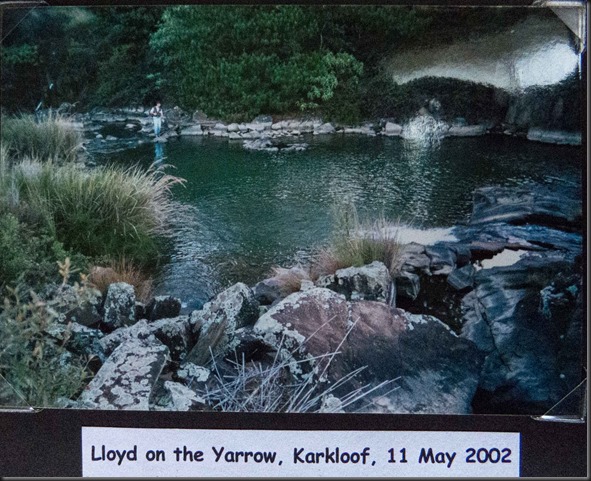
There has also been talk of trout in the hanging valleys up on top: both the Mholweni below “Bosses dam” and the Umvoti below “Barlbarton dam”.
Turning to the Northern side, The Nyamvubu was dammed about 15 or more years ago, and that dam (Bloemendal), while it started out with some good trout, now has Bass and other species. Roger Baert writes of this stillwater, as well as the Craigiburn dam below it, in his recent book, “Meandering Streams”. The Craigiburn dam , as far as I know was last stocked with Trout in 1984 (for some obscure reason I still have a newspaper clipping about that stocking!)
The status of the trout population in the diminutive Nyamvubu that flows into it is unknown. That stream rises in the verdant grasslands which are protected in terms of the stewardship program whereby private landowners sign up to protect their land as a nature reserve. It is good to know that this small sanctuary of natural beauty is valued by enough people for that program to have succeeded.
Gilboa and the Karkloof really is a beautiful place, and it begs further exploration with a fly rod, a map and a camera.
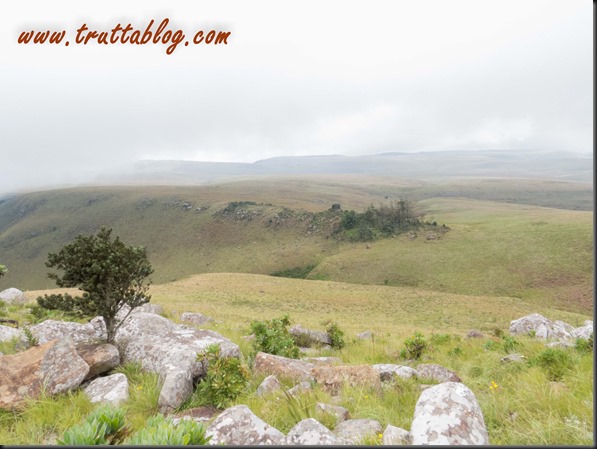
8 Responses
Thanks for an enjoyable tour!
A pleasure!
It’s amazing how ill informed we are about your country. It’s surely as beautiful as anywhere in the world. Thanks for the look around. I look forward to more.
A pleasure Howard. Take a look at some of the other SA sites listed down the right hand side for more. Peter Brigg’s “Call of the stream” in particular has a lot of “eye candy”.
A great write up and summary of a little known spot in our “back garden”. Most definitely inspires the pursuit with a fly rod to discover more. Excellent Andrew.
The beauty of the place is unmatched, thanks for sharing your adventure with all of us.
A pleasure Bill